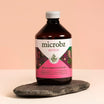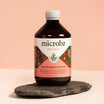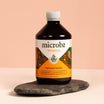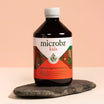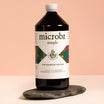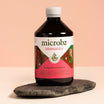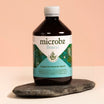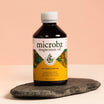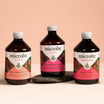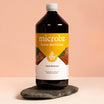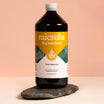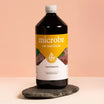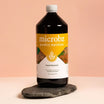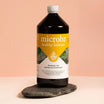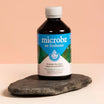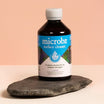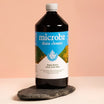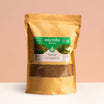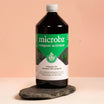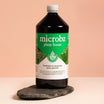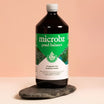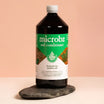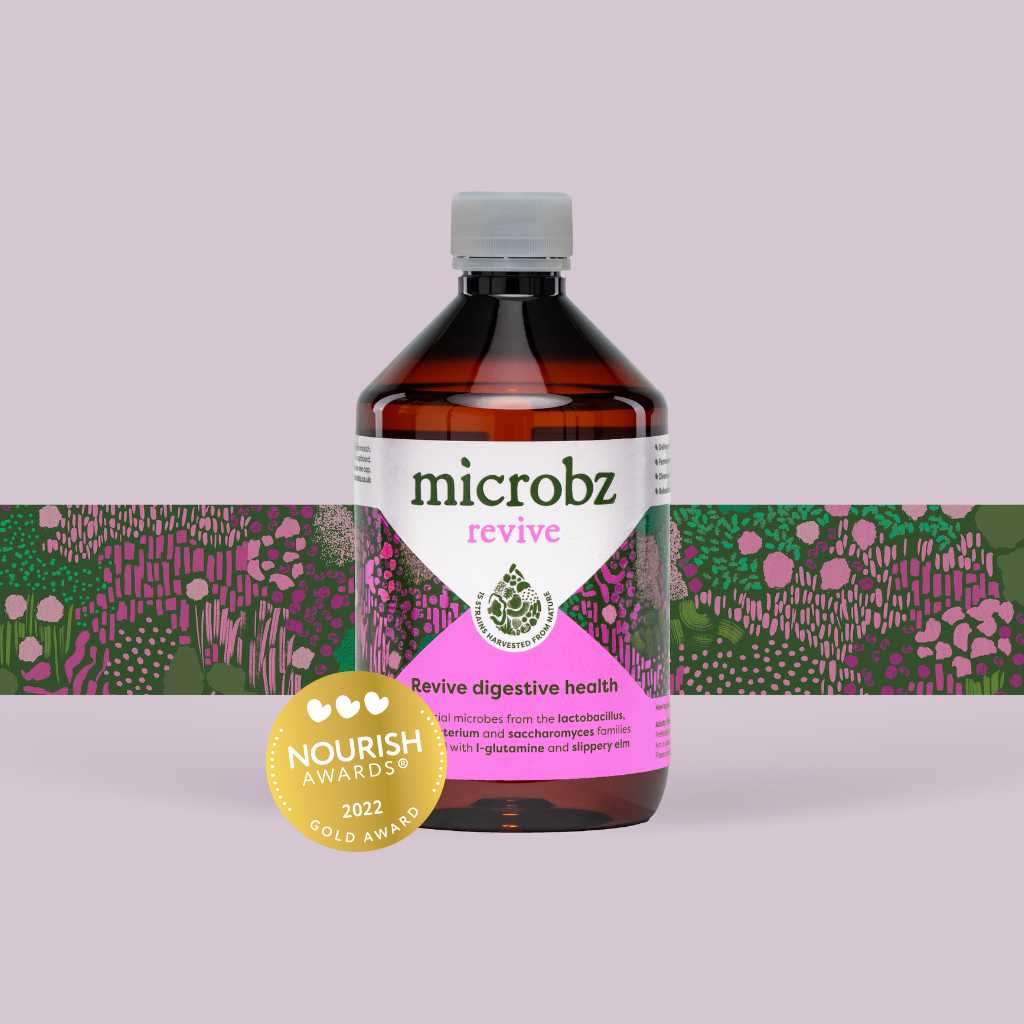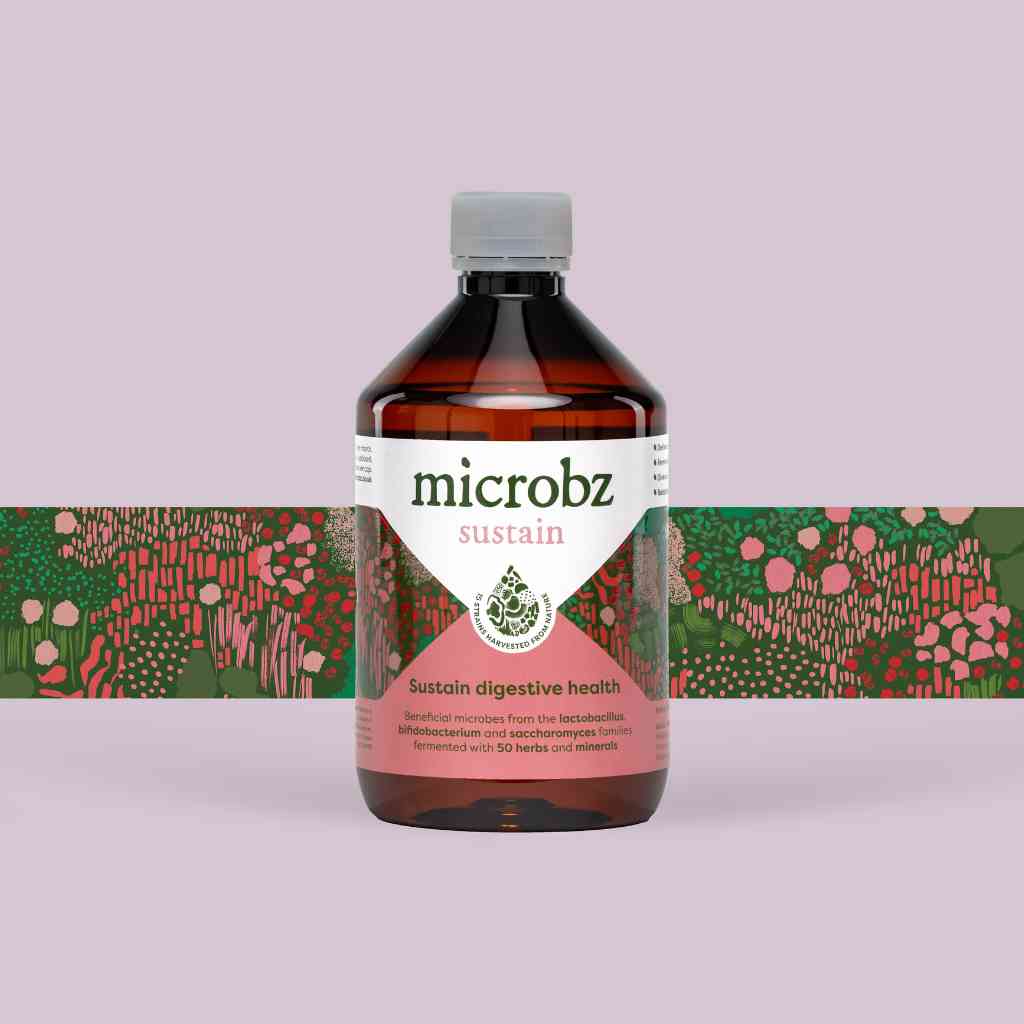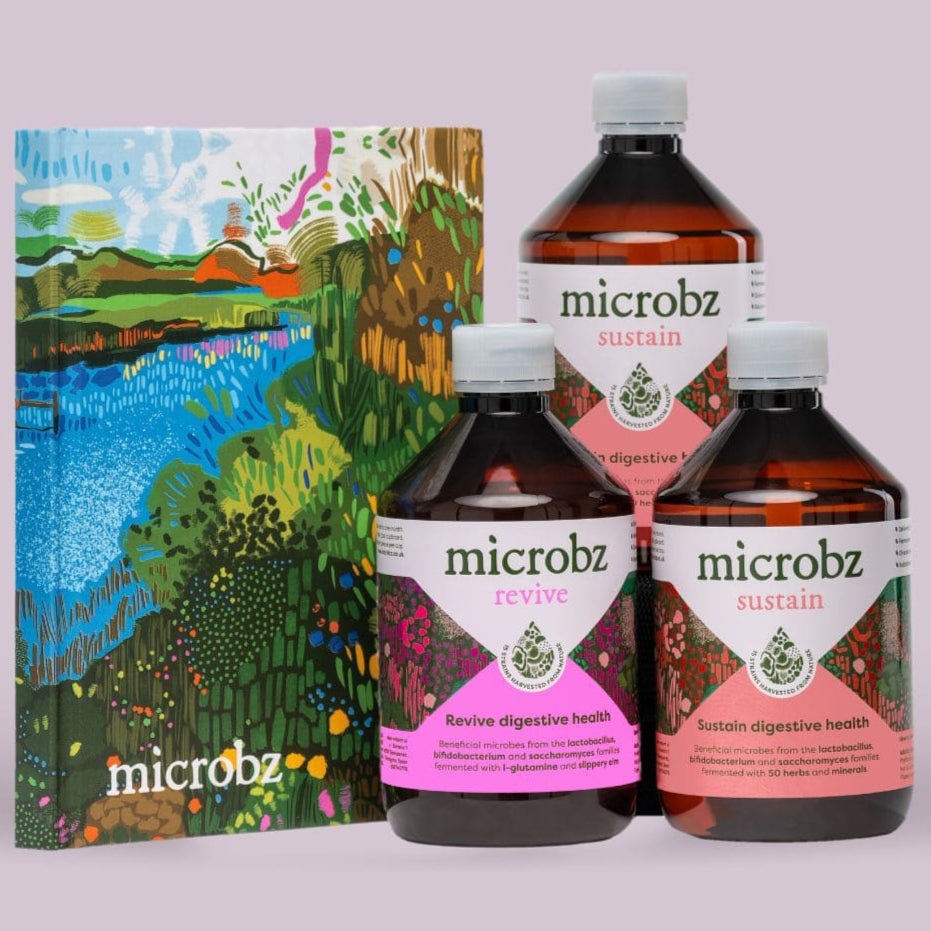Blue Cohoshs
Caulophylum thalictroides
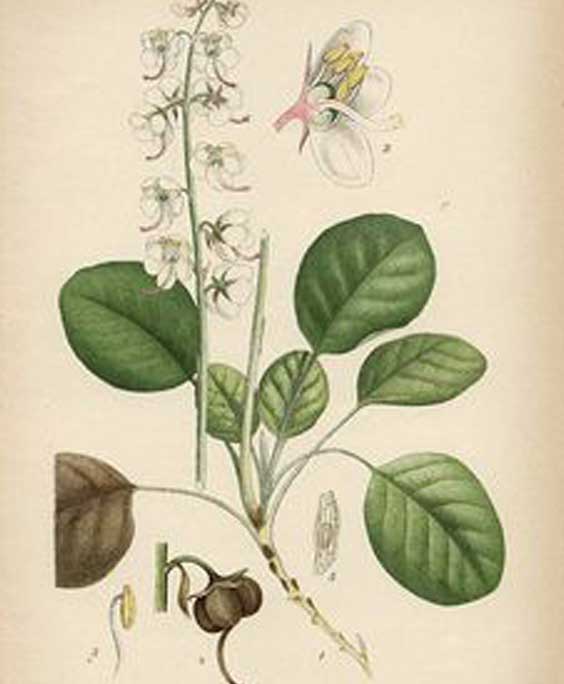
Family: Berberidaceae
Which probiotic is it in?: Blue Cohosh is a key herb in Women
Habit and cultivation: Growing wild across the Eastern North America from Manitoba to Alabama, preferring woodland valleys, north facing slopes and damp banks. Can be propagated from seed or by root division in autumn. The roots and rhizome are collected in autumn at the end of the growing season when they are richest in natural chemicals.
Actions (known for): Anti-rheumatic, anti-spasmodic (uterine), emmenagogue, partus praeparator, progesterogenic, uterine tonic.
History of Blue Cohoshs
Parts used from the Blue Cohoshs
Root and rhizome.
Constituents (bio available chemicals):
Caulpphylline, caulosapogenin, cystine (alkaloid), laburnine (alkaloid), magnoflorine.
Nutritional constituents:
Indications:
Amenorrhoea, dysmenorrohoea, endometriosis, pregnancy and preparation for uterus during labour, rheumatic conditions.
Dosage:
Liquid extract (1:2): 10-20ml per week. Decoction: 1tsp of dried root in a cup of water. Bring to the boil and simmer for 10mins, drink 3 x daily. Tincture: 0.5-2ml 3 x daily.
British Herbal Pharmacopoeia
Ammenorrhoea, threatened miscarriage, false labour pains, dysmenorrhoea, rheumatic pains. Specific: Conditions associated with uterine atony.
Cautions for therapeutic doses
Contraindicated during 1st and 2nd trimester of pregnancy.


